This article was co-authored by Chris M. Matsko, MD. Dr. Chris M. Matsko is a retired physician based in Pittsburgh, Pennsylvania. With over 25 years of medical research experience, Dr. Matsko was awarded the Pittsburgh Cornell University Leadership Award for Excellence. He holds a BS in Nutritional Science from Cornell University and an MD from the Temple University School of Medicine in 2007. Dr. Matsko earned a Research Writing Certification from the American Medical Writers Association (AMWA) in 2016 and a Medical Writing & Editing Certification from the University of Chicago in 2017.
There are 17 references cited in this article, which can be found at the bottom of the page.
This article has been viewed 151,937 times.
Torsion of the testis happens when a testicle rotates on the spermatic cord, which provides blood to the groin from the abdomen. Although any male can experience testicular torsion, it is most common in adolescent boys and those who inherited a trait that causes the testicle to rotate freely in the scrotum.Testicular torsion ultimately requires treatment by a doctor to minimize the risk of losing your testicle or affecting fertility. However, if you are in the wilderness or another remote area and experience testicular torsion, by assessing the situation and securing the affected area as you make your way to the doctor, you may be able to save the testicle.[1]
Steps
Minimizing Discomfort and Rotation
-
1Identify symptoms of testicular torsion. You may have had testicular torsion in the past or this could be your first experience with it. Identifying the symptoms quickly and getting medical attention can help you minimize the risk of more harmful outcomes, such as loss of your testicle.[2] The symptoms and signs of testicular torsion include:
- Sudden and severe pain in the scrotum
- Swelling of the scrotum
- Abdominal pain
- Nausea and vomiting
- Higher testicle position than normal
- Testicle positioning at an unusual angle
- Painful urination
- Fever[3]
-
2Call for help immediately. If you experience any of the signs of testicular torsion, it is absolutely vital to call for help as soon as possible because you have a six to eight hour window before before damage begins to occur.[4] This can minimize your risk of losing your testicle or harming your ability to have children.[5]
- Check to see if you or another person has cell phone reception. This can be a particular problem in the wilderness. Getting to the highest point visible may help you.
- If you or no else has phone reception, get to the nearest ranger station. Rangers often have satellite phones and medical equipment that may help comfort you while you wait for emergency medical personnel.
- Testicular torsion requires medical treatment and often surgery, so it’s vital that you contact medical personnel as soon as possible.[6]
Advertisement -
3Take pain medication. Testicular torsion is often very painful. Taking an over-the-counter pain medication may help reduce pain until you can see a doctor and get treatment for the condition.
- Take aspirin, acetaminophen, ibuprofen, or naproxen sodium for the pain.
- Ibuprofen or naproxen sodium may help relieve related swelling.
-
4Secure the testicle. Testicles that are not secured to the scrotum can cause torsion.[7] Securing your testicles to your body until you can get out of the wilderness may minimize the risk of your testicle(s) further rotating on itself.[8]
- Wrap a towel or other fabric around the affected testicle. You may need to secure this to your body in order to maintain stability.
- Keeping the testicle secure and restricting movement can alleviate some of the pain experienced when walking or sitting.
-
5
-
6Decrease movement. If you have to move to get to a ranger station or more secure location, walk as slowly as possible. This can minimize the possibility of further rotating your scrotum and may alleviate discomfort.[11]
- Walk on ground that is as level as possible and take care with each step.
- If you are with others, ask them to support you while you walk.
-
7Drink only as necessary. Drinking excessive liquids can add pressure to your bladder and genital area, and urination may be painful. Drink only as necessary so as not to increase pain of further rotate your testicle.
- If you are taking a pain reliever, only drink enough to get the pill into your system.
-
8Attempt manual detorsion. If you cannot get to a doctor quickly because you are in an especially remote area, consider trying to rotate your testicle back into its proper position. Be aware that this can be quite painful and doesn’t come without risks.[12]
- Place your testicles in your hands as though you are holding a book.
- Turn your testicles from the midline of your body towards the outside, or medial to lateral sides.[13] Use an action that is similar to opening a book.[14]
- If manual detorsion is too painful or your experience symptoms such as vomiting or fainting, discontinue the procedure immediately.
- Manual detorsion doesn’t replace getting proper medical attention.[15]
- Successful detorsion is marked by reduction in pain and lower position of the testes in the scrotum.
Preventing Testicular Torsion
-
1Acknowledge your risk. Knowing your relative risk for experiencing testicular torsion may help prevent it. Although in some cases there is no clear cause or risk for testicular torsion, the following factors may make your more likely to have testicular torsion:[16]
-
2
-
3Avoid overly vigorous activity. Exercise or other activities that are especially vigorous can cause testicular torsion. Stay away from any activity that may move your testicles in a manner that could promote torsion.[26]
- If you are a runner or play sports that involve a lot of running, consider wearing more supportive undergarments to minimize your risk.
- Be aware that general physical activity will not cause torsion, as it can occur when you are sitting, standing, sleeping, or doing exercise.[27] In fact, a typical presentation of torsion is to be awoken in the early morning or at night with scrotal pain.
-
4Maintain body temperature. Cold temperatures can exacerbate your risk for testicular torsion. Keeping your body—and testicles—at their normal temperature may help minimize your risk for developing the condition.[28]
- Try not to sit on cold surfaces, especially during the winter. You might want to avoid other surfaces that don’t conduct as much heat, such as rocks or stones.[29]
- If you are out in the wilderness during the winter, make sure to wear proper clothing to keep your testicles from getting cold. Wear pants and supportive underwear that keep your testicles close to your body.
-
5Undergo attachment surgery. In many cases, surgery can prevent testicular torsion.[30] Discuss this option with your doctor if you know you are at risk or have experienced testicular torsion in the past.
Expert Q&A
-
QuestionThe left side of my lower abdomen, my left testicle, and my groin all have minor pain. Is this a pulled groin or testicular torsion?
 Chris M. Matsko, MDDr. Chris M. Matsko is a retired physician based in Pittsburgh, Pennsylvania. With over 25 years of medical research experience, Dr. Matsko was awarded the Pittsburgh Cornell University Leadership Award for Excellence. He holds a BS in Nutritional Science from Cornell University and an MD from the Temple University School of Medicine in 2007. Dr. Matsko earned a Research Writing Certification from the American Medical Writers Association (AMWA) in 2016 and a Medical Writing & Editing Certification from the University of Chicago in 2017.
Chris M. Matsko, MDDr. Chris M. Matsko is a retired physician based in Pittsburgh, Pennsylvania. With over 25 years of medical research experience, Dr. Matsko was awarded the Pittsburgh Cornell University Leadership Award for Excellence. He holds a BS in Nutritional Science from Cornell University and an MD from the Temple University School of Medicine in 2007. Dr. Matsko earned a Research Writing Certification from the American Medical Writers Association (AMWA) in 2016 and a Medical Writing & Editing Certification from the University of Chicago in 2017.
Family Medicine Physician Testicular torsion causes severe pain that needs to be evaluate by a physician immediately. With testicular torsion you will have sudden, severe testicular pain. A pulled groin will not present in this way.
Testicular torsion causes severe pain that needs to be evaluate by a physician immediately. With testicular torsion you will have sudden, severe testicular pain. A pulled groin will not present in this way.
Warnings
- It is crucial that you see a doctor as soon as possible. The sooner you see a doctor, the faster treatment you can get treatment and minimize your risk of more serious problems.[34]⧼thumbs_response⧽
- By getting to the doctor within six hours and having the treatment rendered, you have a 90 percent chance of saving the injured testicle. After six hours, your chances of saving the testicle decrease by 40 percent.[35]⧼thumbs_response⧽
Things You'll Need
- Pain medication
- Clean towel or fabric
- Supportive underwear or athletic cup
References
- ↑ https://my.clevelandclinic.org/health/diseases/15382-testicular-torsion
- ↑ https://my.clevelandclinic.org/health/diseases/15382-testicular-torsion
- ↑ https://www.stclair.org/services/mayo-clinic-health-information/diseases-and-conditions/CON-20378253/
- ↑ http://www.aafp.org/afp/2013/1215/p835.html
- ↑ https://my.clevelandclinic.org/health/diseases/15382-testicular-torsion
- ↑ https://my.clevelandclinic.org/health/diseases/15382-testicular-torsion
- ↑ http://www.mayoclinic.org/diseases-conditions/testicular-torsion/basics/causes/con-20033130
- ↑ https://apps.who.int/iris/bitstream/handle/10665/43814/9789240682313_eng.pdf;sequence=1
- ↑ https://apps.who.int/iris/bitstream/handle/10665/43814/9789240682313_eng.pdf;sequence=1
- ↑ https://apps.who.int/iris/bitstream/handle/10665/43814/9789240682313_eng.pdf;sequence=1
- ↑ https://apps.who.int/iris/bitstream/handle/10665/43814/9789240682313_eng.pdf;sequence=1
- ↑ http://www.aafp.org/afp/2013/1215/p835.html
- ↑ http://www.aafp.org/afp/2013/1215/p835.html
- ↑ http://www.aafp.org/afp/2013/1215/p835.html
- ↑ http://www.aafp.org/afp/2013/1215/p835.html
- ↑ https://www.nlm.nih.gov/medlineplus/ency/article/000517.htm
- ↑ https://www.nlm.nih.gov/medlineplus/ency/article/000517.htm
- ↑ https://www.nlm.nih.gov/medlineplus/ency/article/000517.htm
- ↑ https://www.nlm.nih.gov/medlineplus/ency/article/000517.htm
- ↑ https://www.stclair.org/services/mayo-clinic-health-information/diseases-and-conditions/CON-20378253/
- ↑ https://kidshealth.org/en/teens/torsion.html#catbest-self
- ↑ https://kidshealth.org/en/teens/torsion.html#catbest-self
- ↑ https://www.sportsmedtoday.com/testicular-trauma-va-164.htm
- ↑ https://www.betterhealth.vic.gov.au/health/conditionsandtreatments/testicle-injuries-and-conditions
- ↑ http://www.mayoclinic.org/diseases-conditions/testicular-torsion/basics/causes/con-20033130
- ↑ http://www.mayoclinic.org/diseases-conditions/testicular-torsion/basics/causes/con-20033130
- ↑ http://www.urologyhealth.org/urologic-conditions/testicular-torsion/causes
- ↑ http://www.mayoclinic.org/diseases-conditions/testicular-torsion/basics/causes/con-20033130
- ↑ http://www.mayoclinic.org/diseases-conditions/testicular-torsion/basics/causes/con-20033130
- ↑ https://kidshealth.org/en/teens/torsion.html#catbest-self
- ↑ https://www.ncbi.nlm.nih.gov/books/NBK448199/
- ↑ http://www.urologyhealth.org/urologic-conditions/testicular-torsion/treatment
- ↑ https://kidshealth.org/en/teens/torsion.html#catbest-self
- ↑ http://www.urologyhealth.org/urologic-conditions/testicular-torsion/treatment
- ↑ https://www.ncbi.nlm.nih.gov/books/NBK448199/
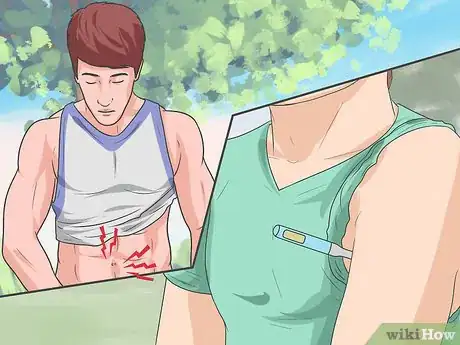
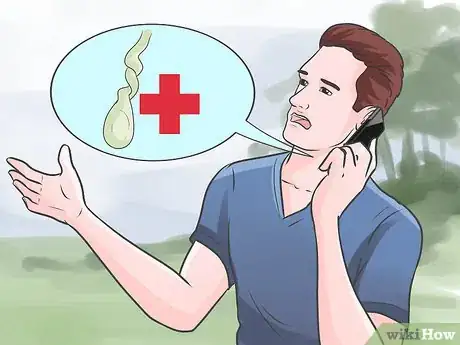
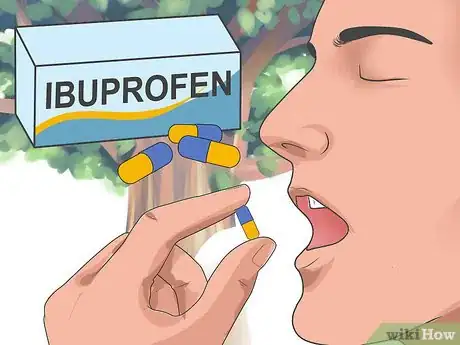
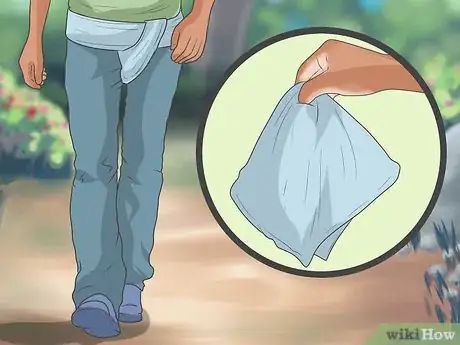
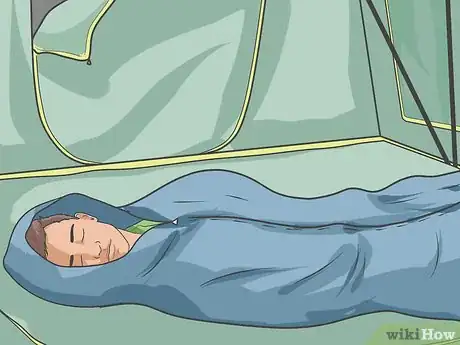
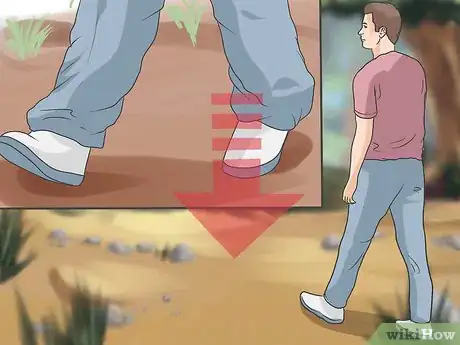

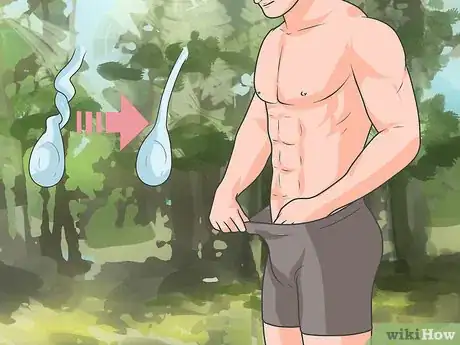
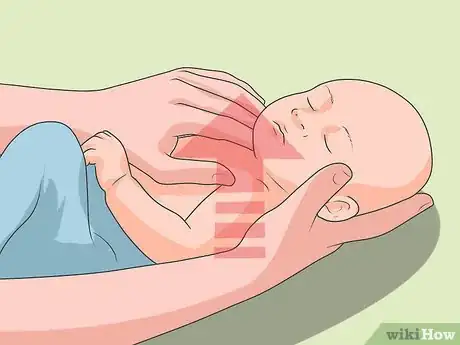
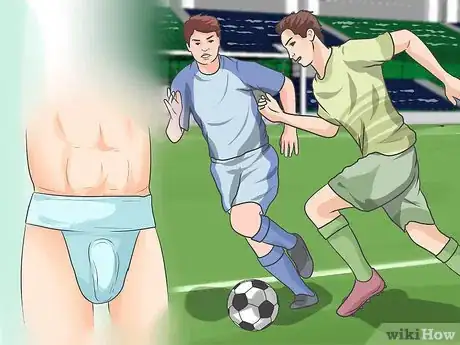

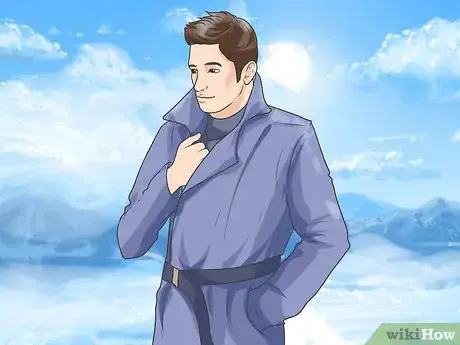
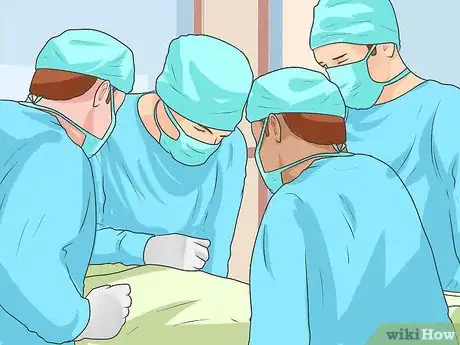
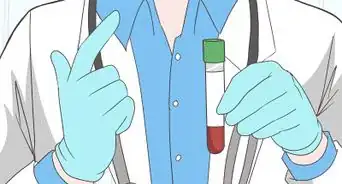






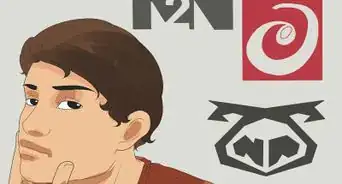


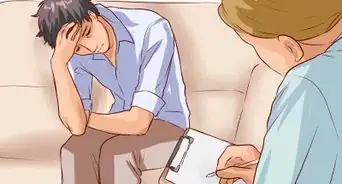


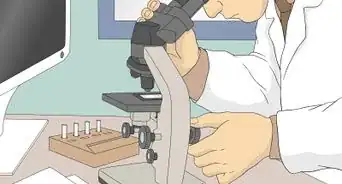









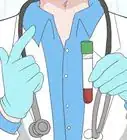
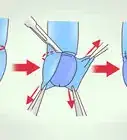
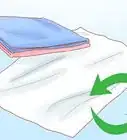
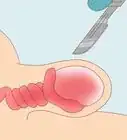



































Medical Disclaimer
The content of this article is not intended to be a substitute for professional medical advice, examination, diagnosis, or treatment. You should always contact your doctor or other qualified healthcare professional before starting, changing, or stopping any kind of health treatment.
Read More...